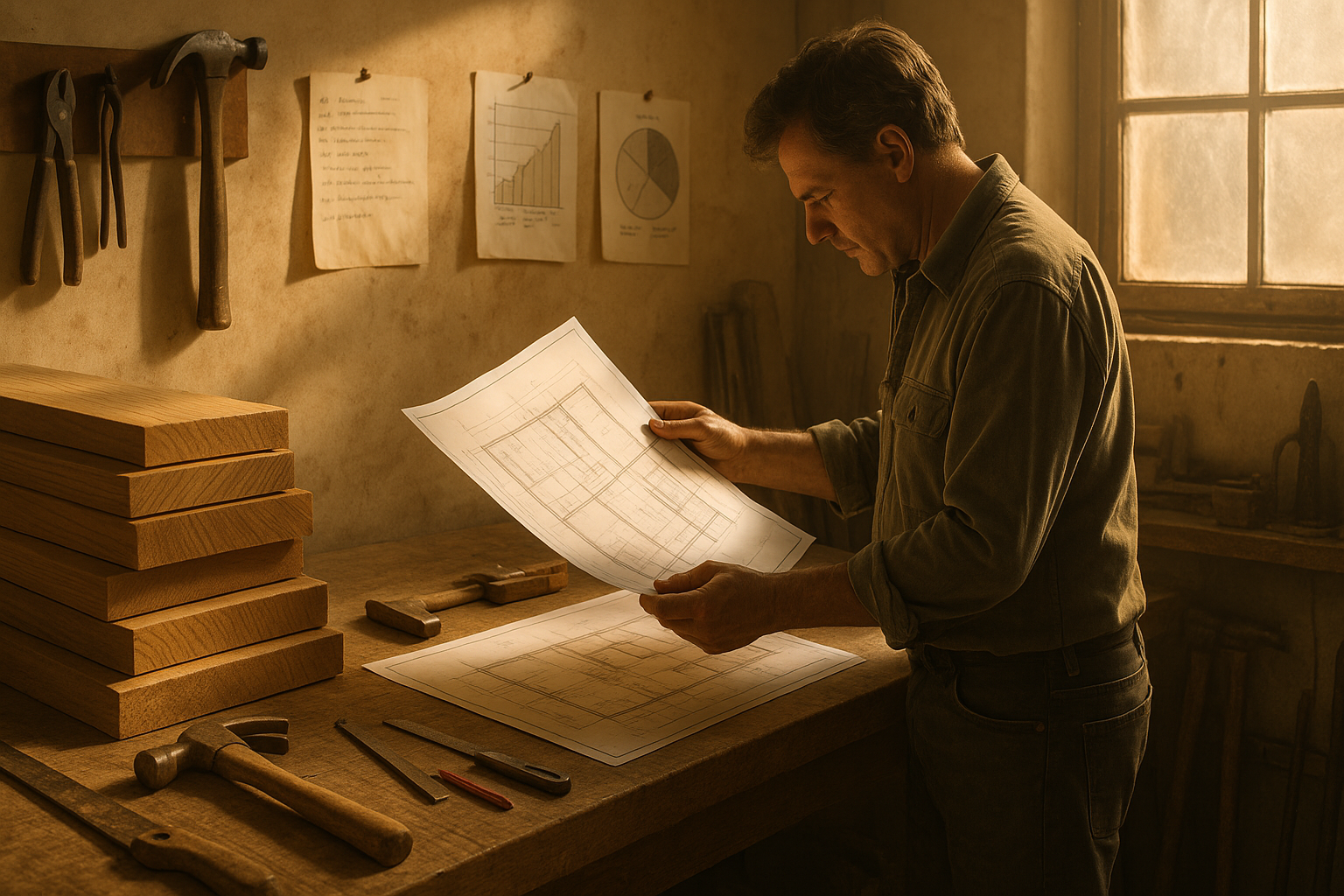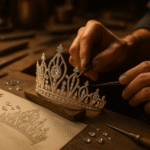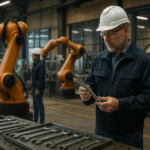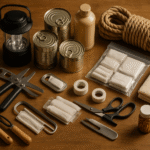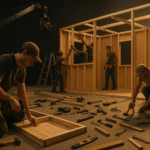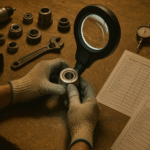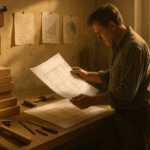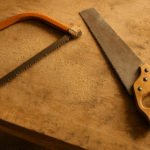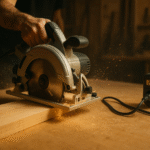The smell of sawdust and steel has always meant progress — the quiet rhythm of building, fixing, and creating something that lasts. But over the past year, more makers have noticed that the familiar sound of the workshop now comes with a quieter thought in the back of their mind: everything costs more than it used to. Lumber prices rise and fall unpredictably, power tools have inched up in price, and even screws and sandpaper seem a little more expensive than before. Yet instead of slowing down, the DIY community is evolving — becoming more strategic, more inventive, and surprisingly, more sustainable.
Inflation has reshaped how people build and what they value. Many hobbyists and small workshop owners have turned to smarter planning and tool sharing to offset costs. Some use local co-op maker spaces, pooling resources to access professional-grade machinery without the upfront expense. Others rely on community lending programs that let neighbors share drills, saws, and specialty gear that might otherwise sit idle. The movement is less about cutting corners and more about building smarter — together.
Material selection has also changed. Builders who once bought fresh supplies for every project now find creative ways to reuse and repurpose. Reclaimed wood, recycled metal, and composite materials have become staples in workshops everywhere. What used to be a niche trend has turned into a global habit — a shift from consumption to craftsmanship. Articles highlighting innovations in sustainable manufacturing, like those featured by GreenBiz and the Environmental Protection Agency, show that resourcefulness is fast becoming one of the most valuable skills a creator can have.
Technology is quietly helping, too. Smart measuring tools, 3D modeling apps, and project management platforms have replaced notebooks and guesswork. Makers now plan builds digitally to reduce waste and calculate costs before cutting a single board. In some workshops, laser levels and IoT-enabled tools ensure precision while saving on materials — the same connected systems that have started to redefine professional workshop efficiency. You can see how this digital shift unfolds in innovations like smart tools and IoT-enabled setups, which are transforming everything from home DIY to industrial design.
Of course, inflation has also forced a mindset shift. Builders are rethinking what “value” means. Instead of chasing the newest gadgets or premium brands, they look for durability and repairability. A reliable drill that lasts ten years now means more than a flashy upgrade that burns out in two. This philosophy mirrors a broader change happening across industries — a rediscovery of maintenance, patience, and the art of making things last. The same attitude that drives craftspeople to maintain their gear — whether by cleaning, sharpening, or adjusting — is turning into a quiet rebellion against disposable culture.
It’s no coincidence that as prices rise, craftsmanship itself is regaining importance. Workshops are buzzing again — not with excess, but with intention. Builders document their projects, share blueprints online, and revive lost techniques to make modern materials go further. Many find inspiration in guides that teach small, deliberate improvements — such as learning how to keep drill bits sharp, reducing the need for replacements. In a world of rising costs, that kind of knowledge becomes its own form of savings.
And while inflation affects everyone, the spirit of DIY has always been about adaptation. The same creative problem-solving that drives someone to design a shelf or fix an old saw now fuels broader resilience. When prices fluctuate, makers find balance in community, sustainability, and skill. Every piece of reclaimed wood and every repurposed screw is part of a new era of craftsmanship — one defined not by abundance, but by ingenuity.
Because even when the economy tightens, the will to create never does. Builders may spend more time planning, measuring, and salvaging, but the heartbeat of the workshop remains the same — the steady rhythm of hands turning challenges into creation, one project at a time.
